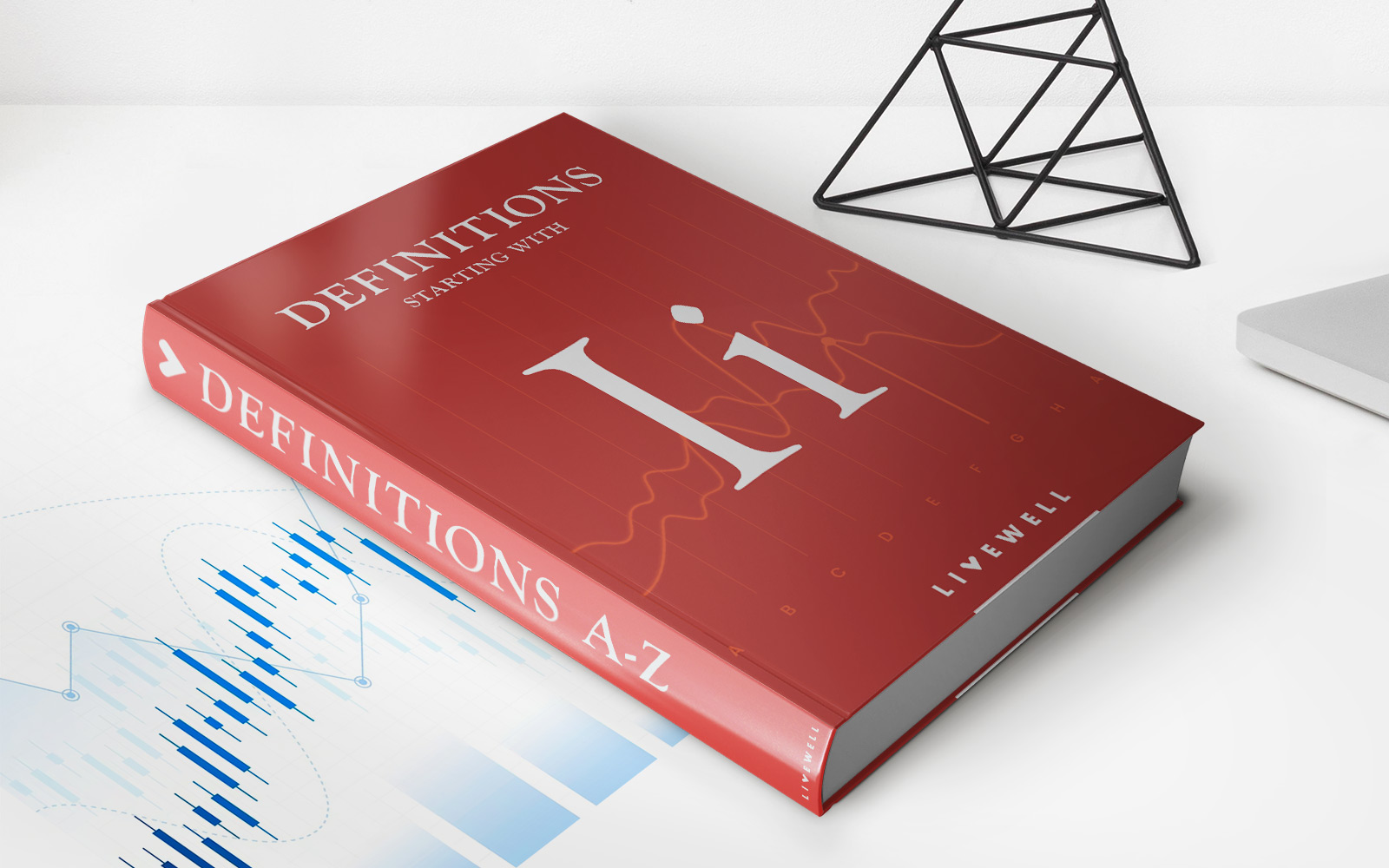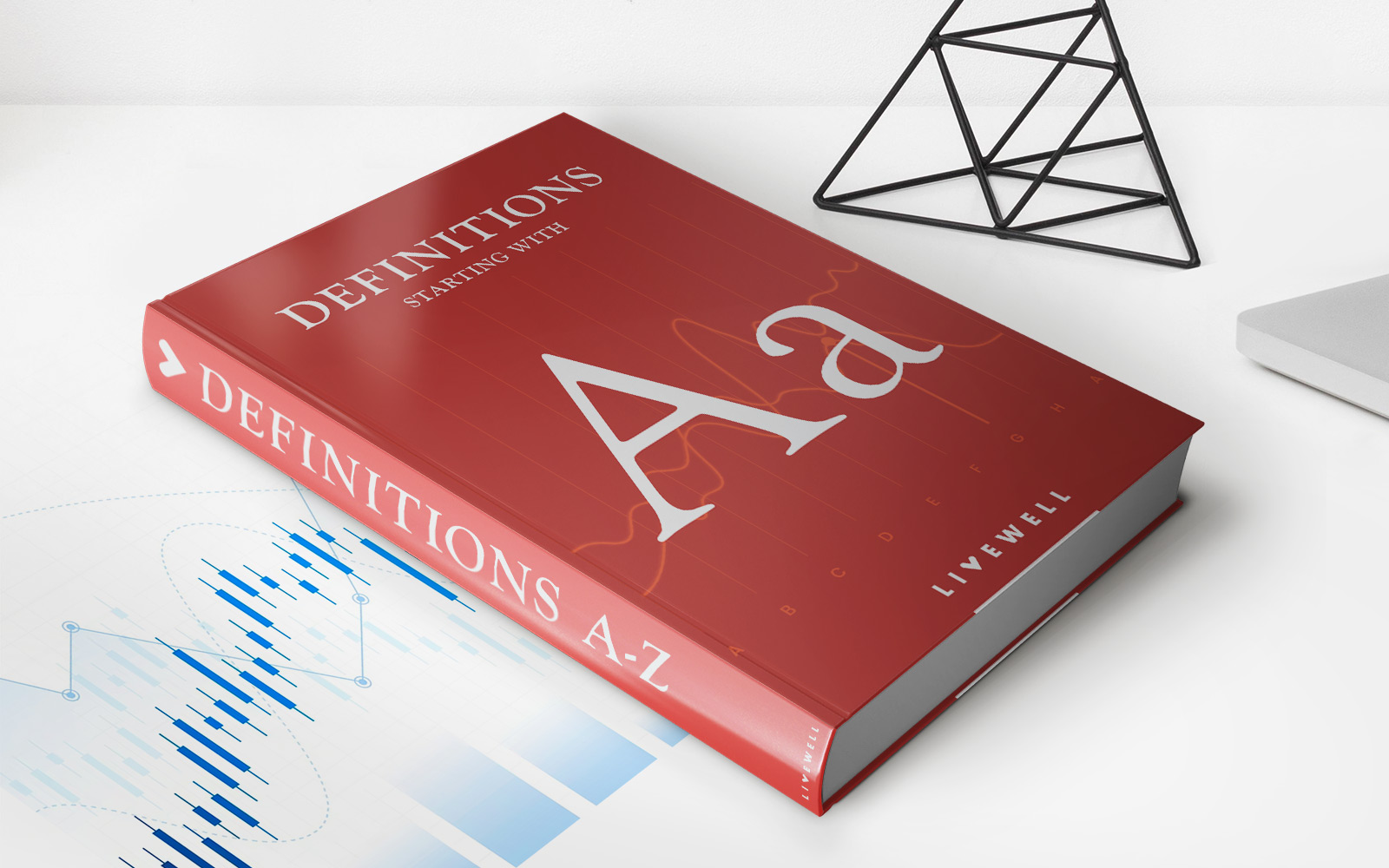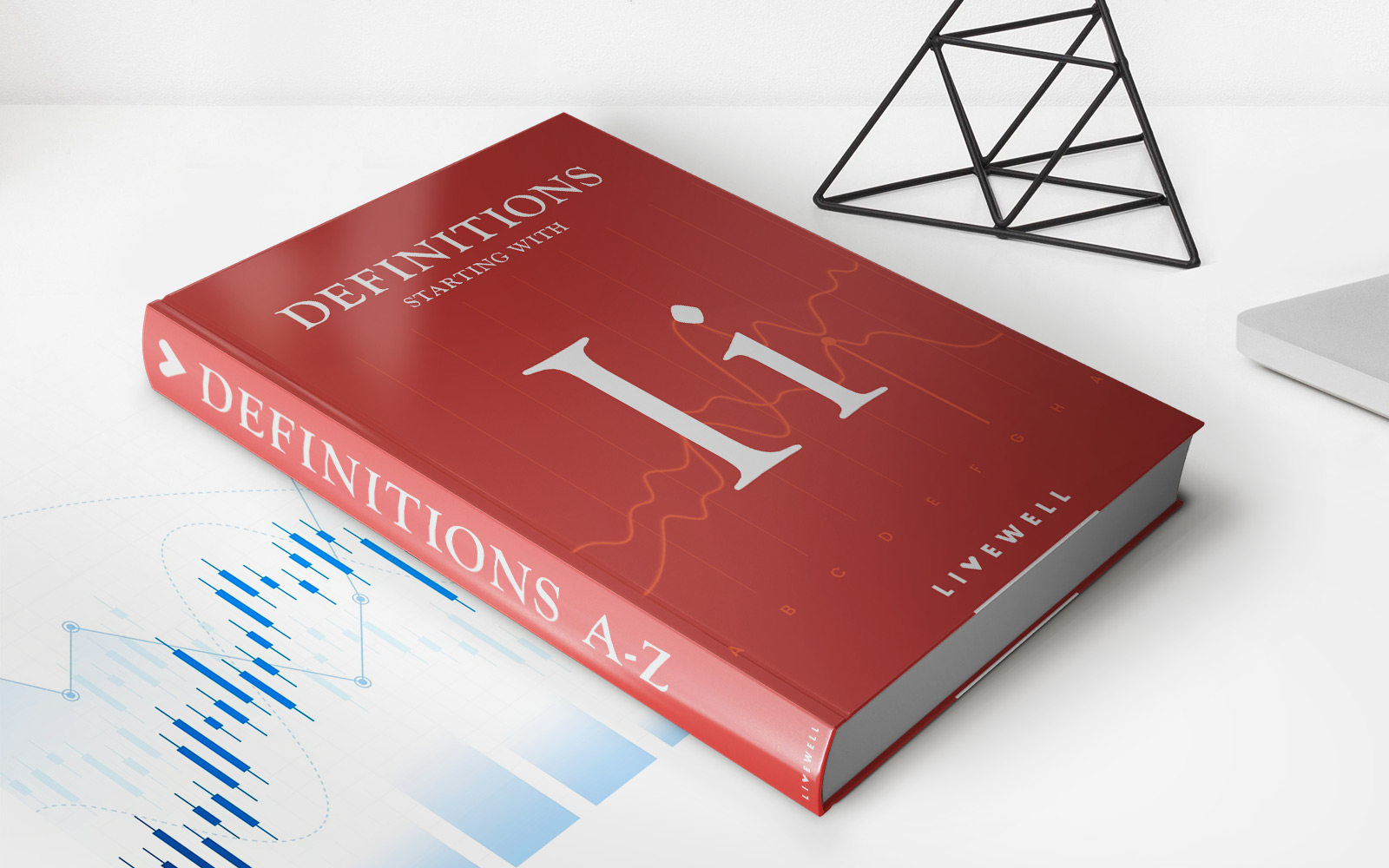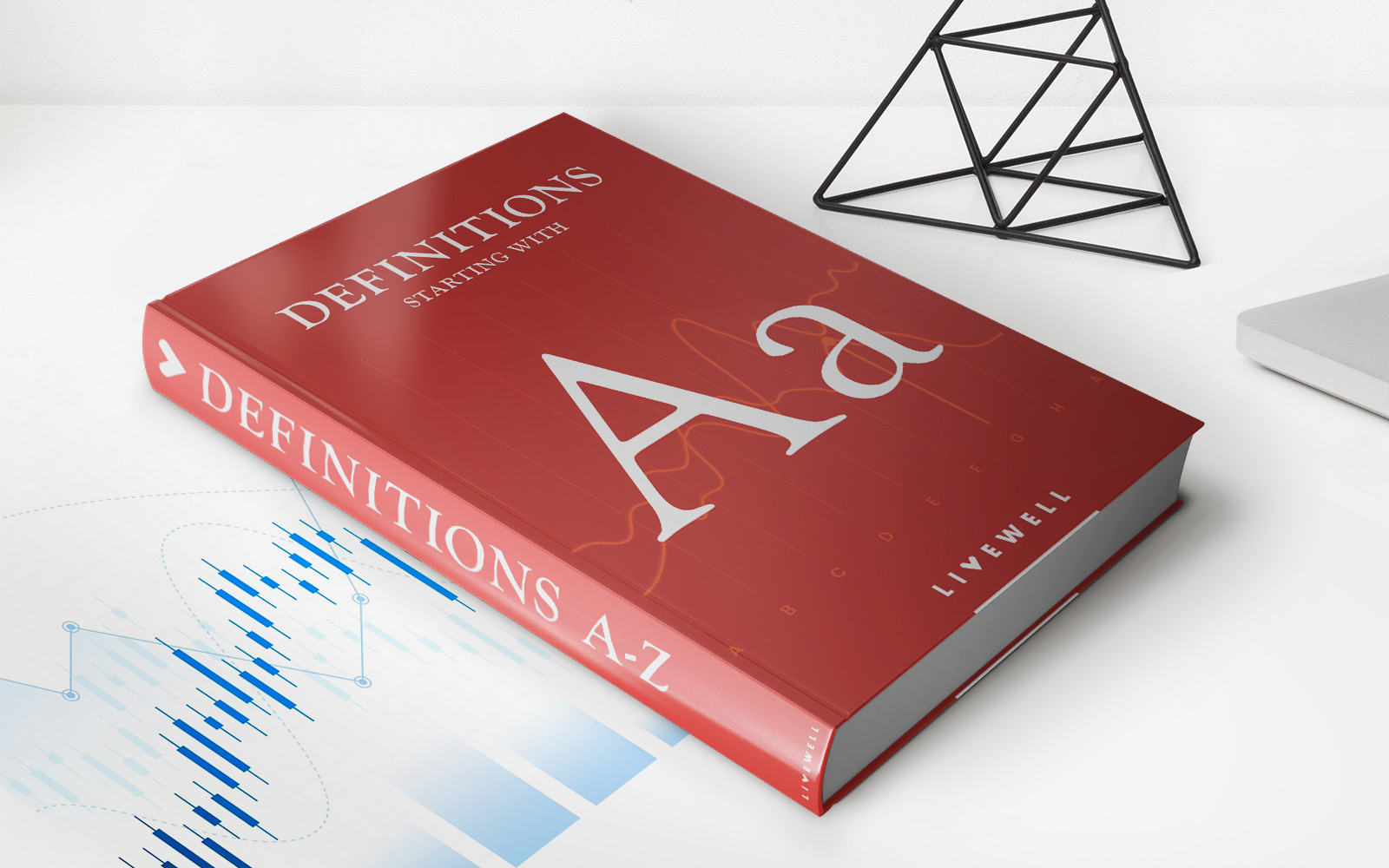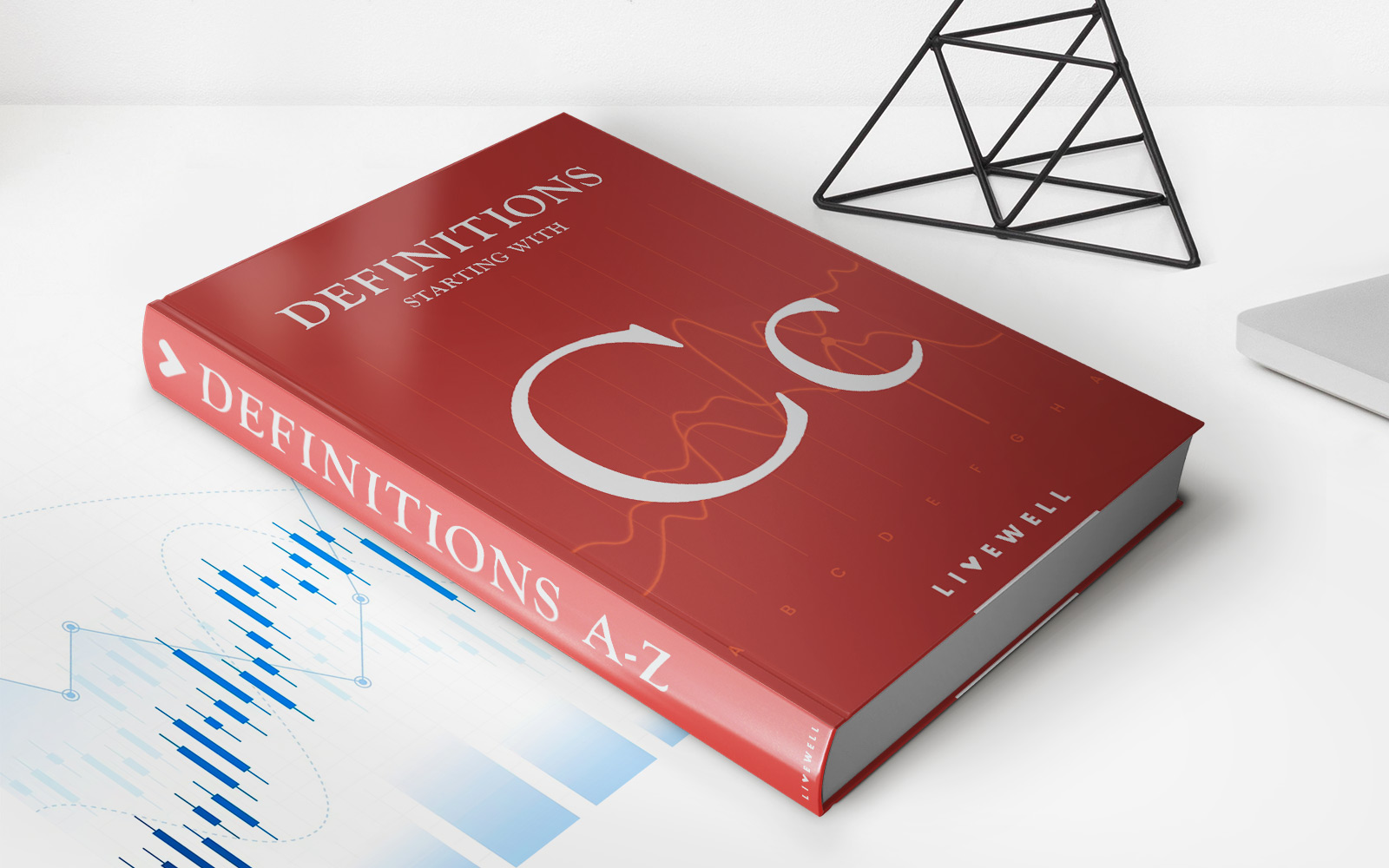Home>Finance>What Is A Hardship Withdrawal? Definition, Rules And Alternatives


Finance
What Is A Hardship Withdrawal? Definition, Rules And Alternatives
Published: December 4, 2023
Discover what a hardship withdrawal is and learn about the definition, rules, and alternatives in the world of finance.
(Many of the links in this article redirect to a specific reviewed product. Your purchase of these products through affiliate links helps to generate commission for LiveWell, at no extra cost. Learn more)
Exploring Hardship Withdrawals: A Helpful Guide
When it comes to managing our finances, unexpected situations can arise that may require us to dip into our savings. One option available in such circumstances is a hardship withdrawal. In this blog post, we will delve into the definition, rules, and alternatives surrounding this financial tool, providing you with the information you need to make informed decisions when it comes to your financial well-being.
Key Takeaways:
- A hardship withdrawal is a distribution from your retirement or investment account that is made under specific financial hardships.
- There are strict rules and criteria that need to be met to qualify for a hardship withdrawal.
Now, let’s begin by understanding what exactly a hardship withdrawal is and how it can impact your financial situation.
What is a Hardship Withdrawal?
A hardship withdrawal is a designated amount of money that you can withdraw from your retirement or investment account before reaching the required age limit without facing early withdrawal penalties. This option is typically available as a last resort for individuals facing financial emergencies or unexpected expenses.
Rules and Criteria for Hardship Withdrawal:
While hardship withdrawals can provide a temporary solution to financial difficulties, it’s important to note that there are strict rules and criteria that need to be met in order to qualify for one:
- Eligible Financial Hardships: To qualify for a hardship withdrawal, you must be facing an immediate and heavy financial need. Examples of eligible financial hardships typically include medical expenses, preventing eviction or foreclosure, funeral expenses, or expenses related to the purchase of a principal residence.
- Documentation: You will be required to provide documentation, such as medical bills or rental notices, to prove your financial need.
- Qualified Retirement Plans: Hardship withdrawals are available for certain types of retirement plans, such as 401(k) or 403(b) plans. However, not all retirement plans offer this option, so it’s important to check with your plan administrator to see if it is available to you.
- Tax Implications: Hardship withdrawals are typically subject to income tax and may also be subject to an additional early withdrawal penalty unless an exception applies.
- Withdrawal Limits: There are limits to the amount you can withdraw as a hardship withdrawal. The amount is often limited to the actual amount needed to alleviate the financial hardship.
If you find yourself in a situation where a hardship withdrawal seems necessary, it’s essential to consider the potential alternatives available to you.
Alternatives to Hardship Withdrawal:
Before opting for a hardship withdrawal, explore these potential alternatives:
- Loans: Depending on your retirement plan, you may be able to borrow from it rather than taking a withdrawal. This option allows you to repay the borrowed amount with interest over time.
- Emergency Fund: Having an emergency fund in place can help cover unexpected expenses without the need for a hardship withdrawal.
- Alternative Sources of Funding: Explore other potential sources of financing, such as personal loans, credit cards, or even reaching out to friends and family for temporary assistance.
Remember, a hardship withdrawal should be considered as a last resort due to the potential implications it may have on your financial future. It’s always wise to consult with a financial advisor or planner to understand the full scope of your options before making any decisions.
By gaining a clear understanding of what a hardship withdrawal entails, its rules and criteria, and the potential alternatives available, you can navigate unexpected financial situations more confidently. As with any financial decision, weighing the pros and cons and seeking professional advice can help ensure you make the best choices for your financial well-being.
